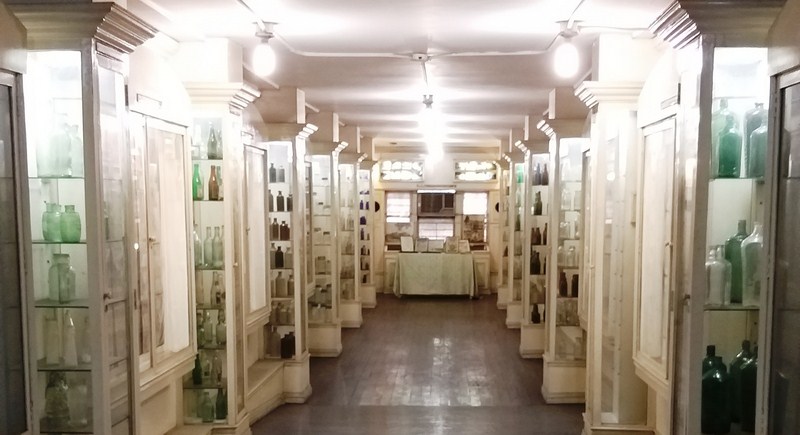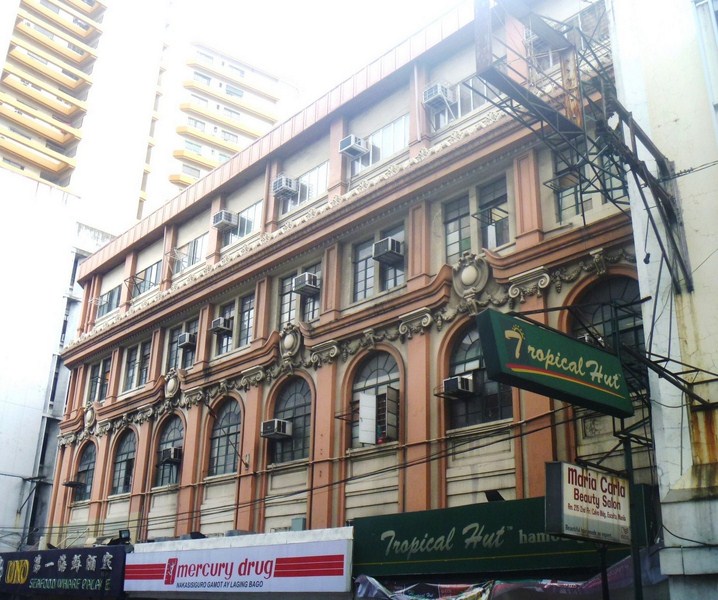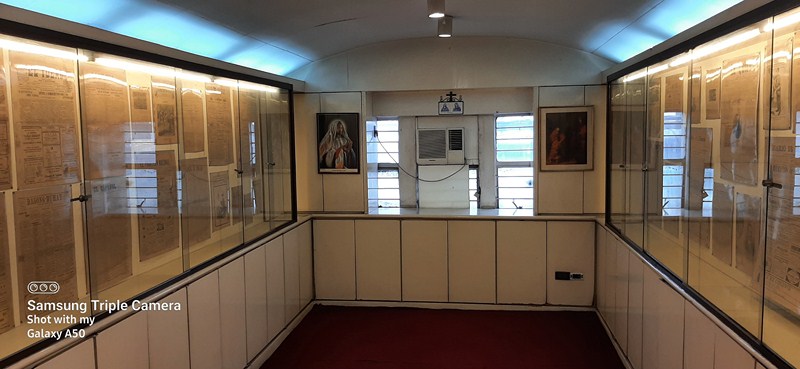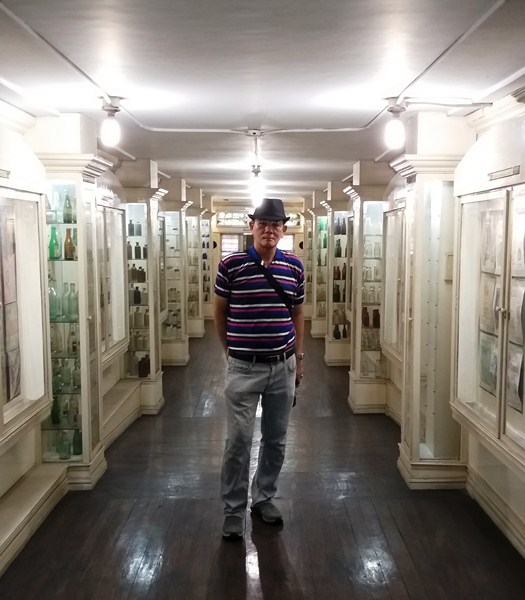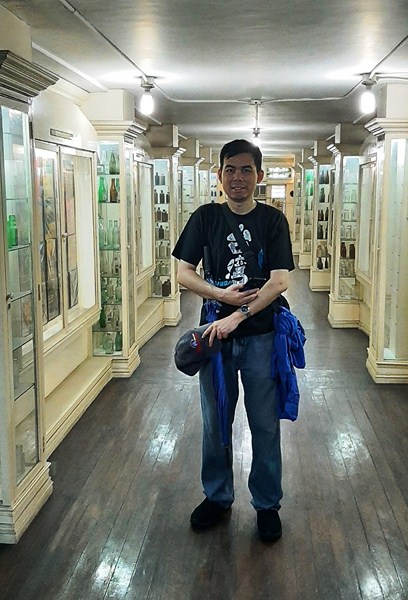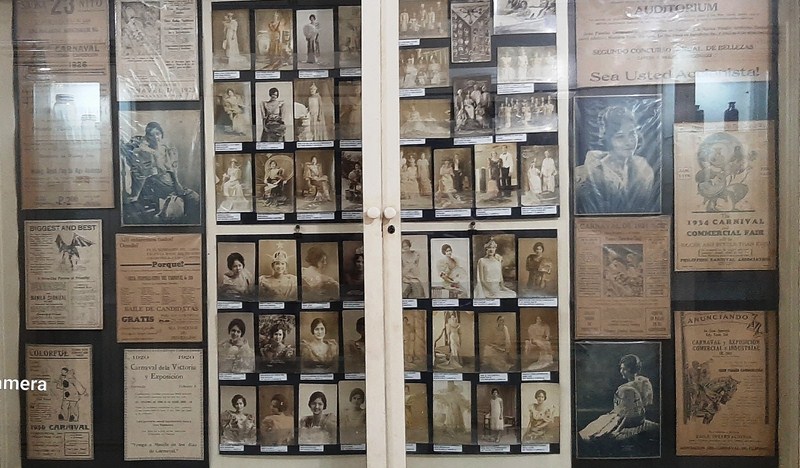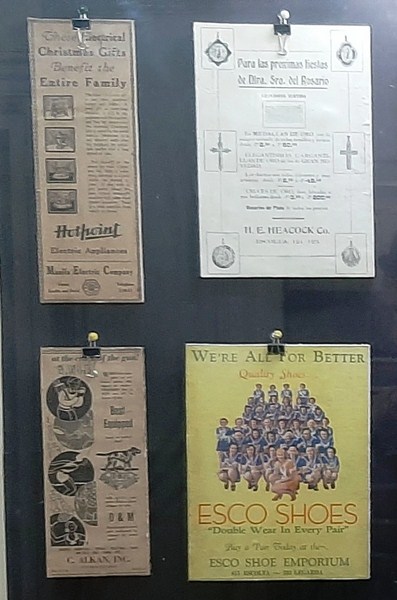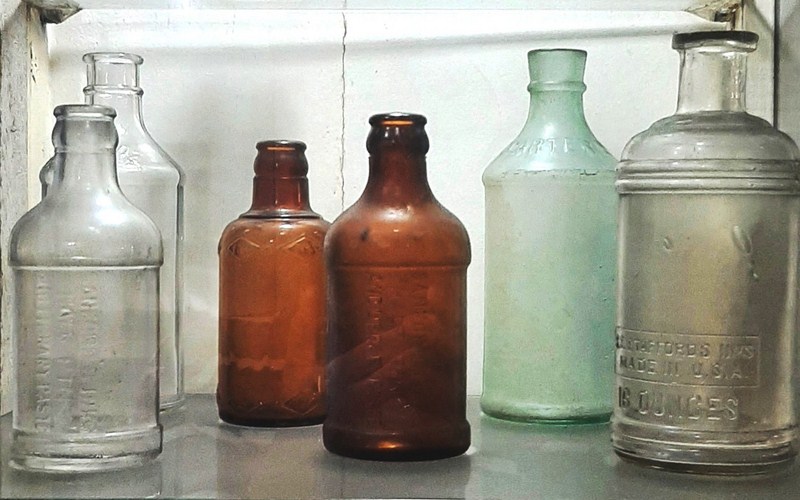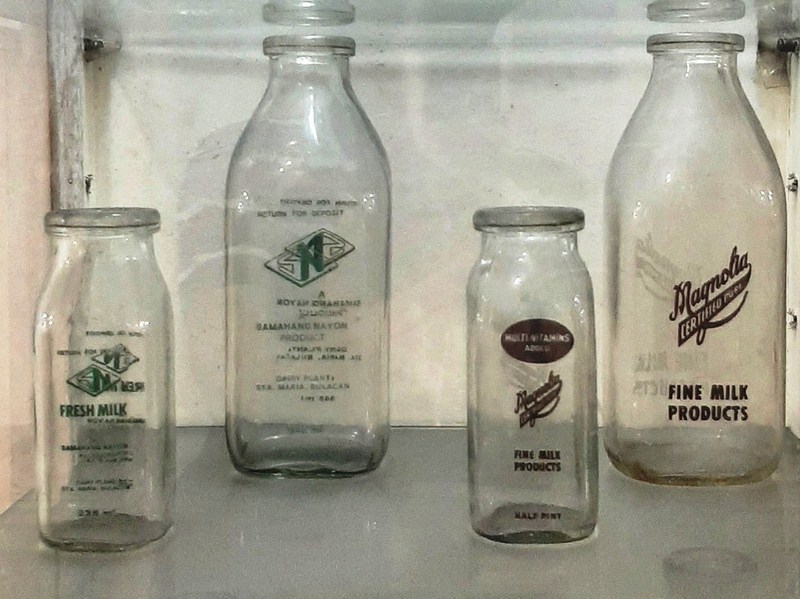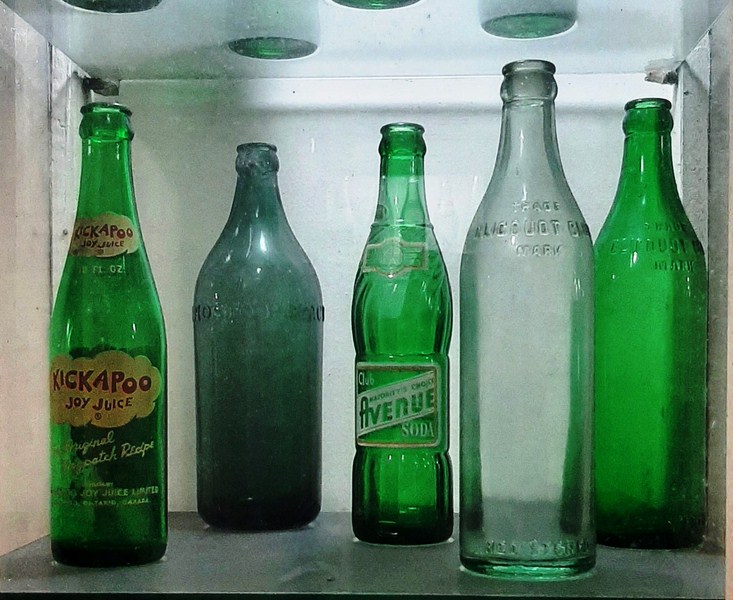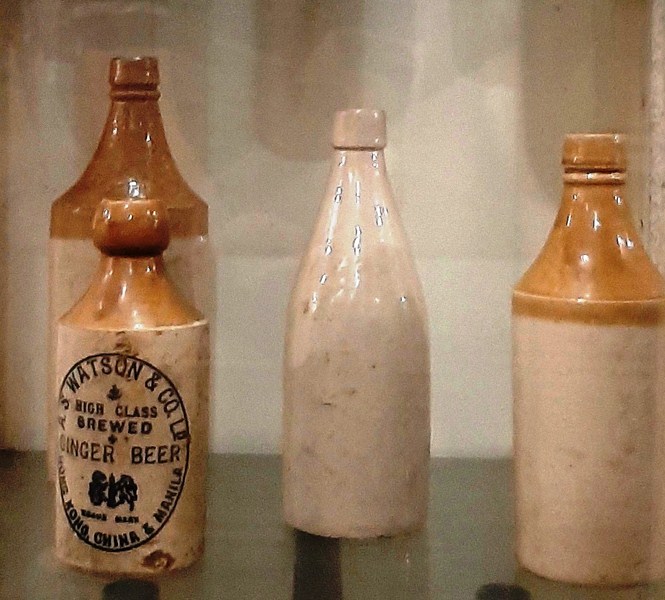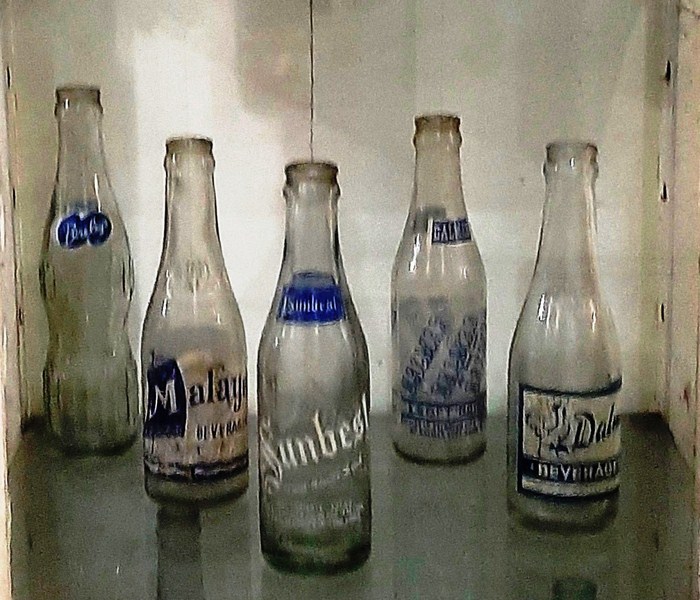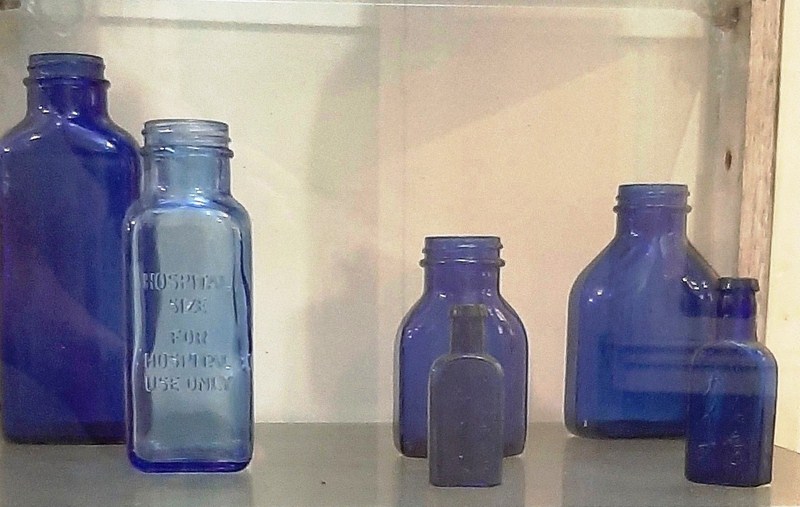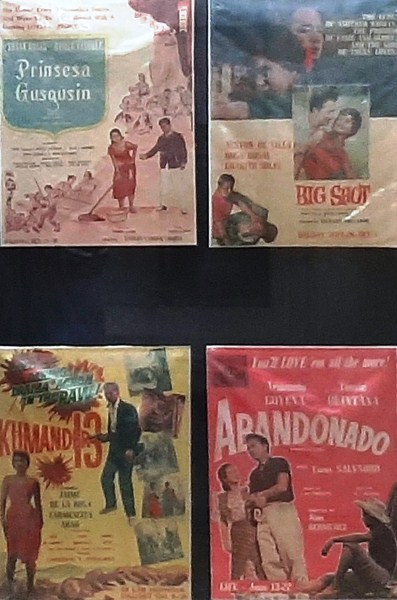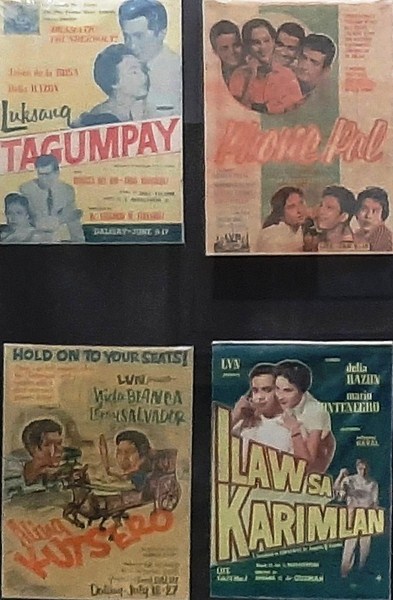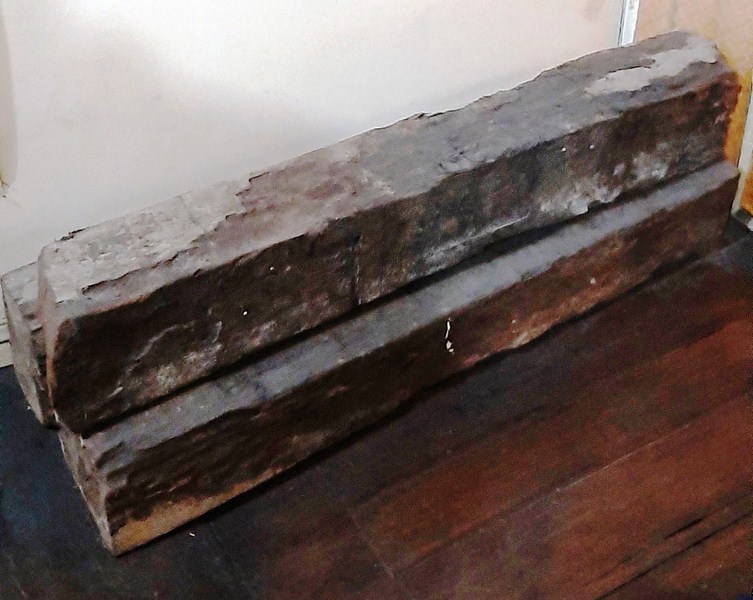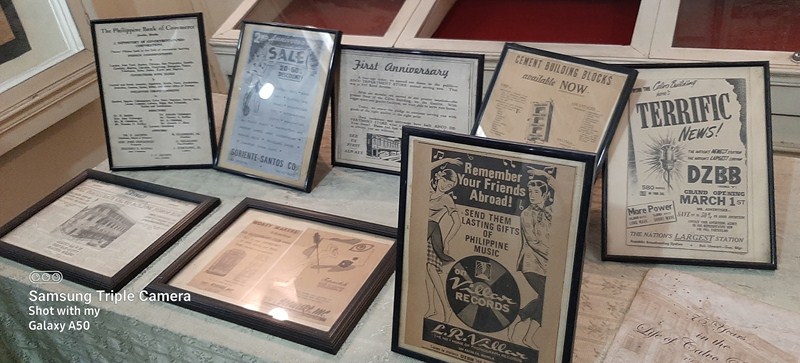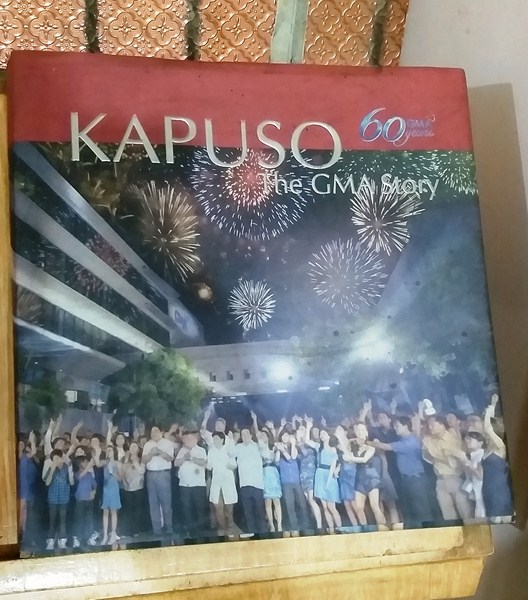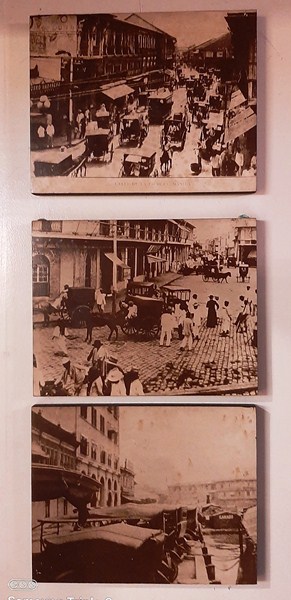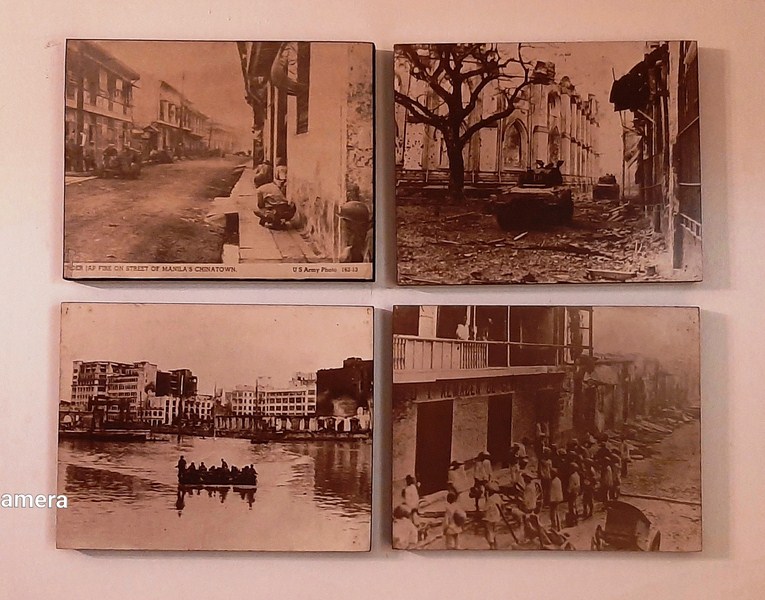One of the highlights of our Binondo Heritage Walk was our visit to the reopened (after the easing of COVID-19 guidelines) Escolta Museum at the mezzanine of the Calvo Building.
Check out “Calvo Building”
The place to be if you are a history buff and a fan of Old Manila, this quaint museum, established in 1994, showcases the bygone era of the most elegant district of old Manila through its permanent exhibit entitled “Bote’t, Diyaryo, Extraordinaryo.”

L-R: Mr. Diego Gabriel Torres (Renacimiento Manila president) and our guide Mr. Stephen John A. Pamorada of The Heritage Collective
Immediately upon climbing a narrow stairway from the lobby, you will find a small room displaying historic news clippings from old newspaper publications (El Renacimiento, Filipinas, Republica Filipina, etc.), journals and magazines dating back to the twilight of Spanish rule and the nascent years of America’s occupation.
It includes an 1899 newspaper showing that even then, Rizal was already regarded as a hero and martyr.
On display at the long hallway are memorable, fascinating and nostalgic artifacts and pieces such as old photographs of socialites and personalities; artifacts, manuscripts, ticket receipts from boutiques (Syvel’s, Heacocks’s, Hamilton Brown, etc.); Filipino music posters; and postcards of Carnaval de Manila beauty queens.
There are also old labels; memos and newspaper advertisements (imported cars, sporting equipment, shoes, shoes, empty bottles, silver spoons, phonographs, radio sets, etc.) mostly from businesses that used to hold address in Escolta.
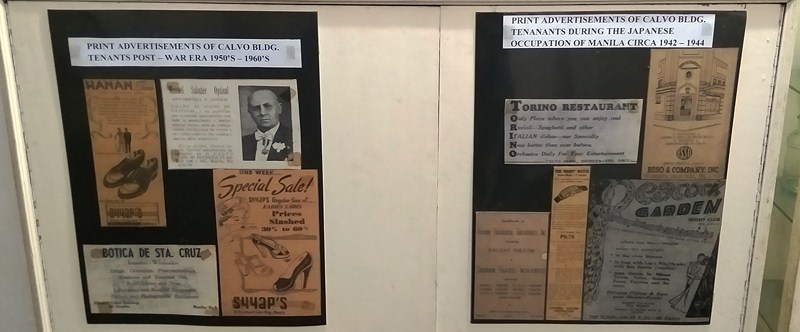
Print advertisement of Calvo Building tenants during the Japanese Occupation (194-44, right) and during the post war era (1950s to 1960s, left)
Enclosed glass shelves display late nineteenth century to pre-World War II bottles (milk, soda, medicine, and alcoholic beverage) of all shapes and sizes, partly a result of conscientious bottle recycling prompted by the lack of local bottle makers (Philippine glassmaking only began in 937 with the bottling plant of San Miguel Brewery, the first in the country, initially producing tall, slim, moss green beer bottles).
From 1917 to 1933, empty bottles and jars made up one-third of the imported glassware (including tableware, mirrors , windows and plate glass, eyeglasses and lamp chimneys) reaching the Philippines. When purchasing cooking oil, fish sauce, vinegar, carabao milk , kerosene or locally distilled liquor, housewives had to present containers.
Dark green bottles usually held gin or the popular anise wine (with one version stamped La Tondena) while cobalt blue bottles ( meant strictly for external use) held poisons, acids, essences and light-sensitive compounds.
Eventually, the latter became containers for laxatives, salts and Blue Waltz, an archaic fragrance bottled along the Pasig River. One of the best known pieces in this display is the 1920s Ginebra bottle, whose label art was designed by no other than National Artist Fernando Amorsolo.
Manila druggists, like their European counterparts, displayed apothecaries with colored water in their windows and sold patent medicines in cheaply made amber aquamarine, green or clear bottles stamped with their brands and cities of origin.
In the early 1900s, Tansan, a Japanese drink brand company, introduced their capped, bomb-shaped beverage of charged and soda water embossed with their brand name (now the local word for bottle cap).
Not all bottles were made of glass. Thick, cream-colored ceramic containers, sometimes sporting broad, golden brown hands across the rim and shoulders, were used for beer well into the late 1800s by Scottish and English breweries while previous beverages such as rum, whiskey and ginger beer were stored in clay bottles (a practice that continued till the 20th century).
On the walls are mounted well-preserved, hand-drawn (now a forgotten art form) movie posters from the box office of yesteryears.
Kept behind glass cases are music sheets of songs (“Sa Dakong Silangan,” “Ang Maya,” “Awit ng Pag-Ibig,” etc.) complete with their excellent cover art.
Piled up at one corner of the museum are three large pieces of wooden tranvia tracks excavated during a road repair in 1998.
Before moving to its present location in Diliman, Quezon City), the GMA Kapuso Network had its beginnings at a makeshift studio at the fourth floor of the building on March 1, 1950 as radio station DZBB-AM before expanding into television, and which would later be renamed GMA. The museum also houses some of GMA memorabilia.
In the past, scaled models of still existing and non-existing Escolta buildings (Capitol Theater, Crystal Arcade, Lyric Theater, Monte de Piedad, etc.), from a collaborative thesis by University of Santo Tomas students in 1996, were also on display.
Escolta Museum: Mezzanine, Calvo Bldg., Escolta, 1006 Manila. Tel: (02) 241-4762 and (02) 241-4578. Open Mondays to Fridays, 9 AM to 5 PM, and Saturdays, 9 AM to12 noon. Admission (for a group of at least 4): PhP50 (regular) and PhP20 (students).

